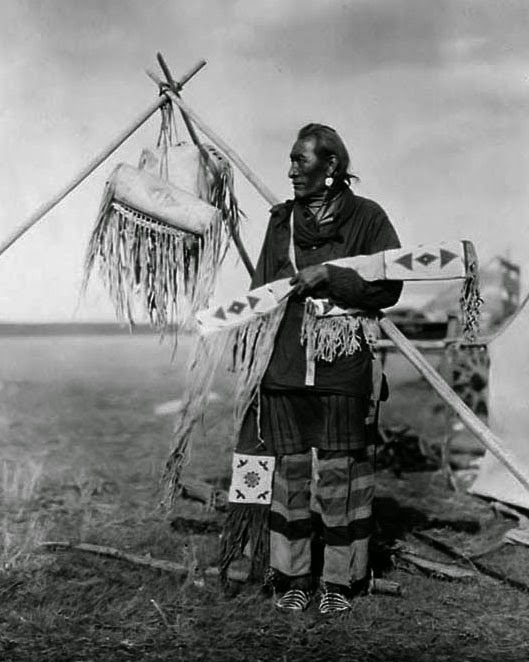A CIB can often be obtained from the Bureau of Indian Affairs for FREE. If you do not know specifically which tribe, then try contacting the BIA closest to where your ancestors were born or lived.
 |
Tracing Your Indian Ancestry
Genealogy
Indian Affairs does not conduct genealogical research or maintain a database that you can query in order to find information on your ancestor. Indian Affairs provides a Guide to Tracing Your Indian Ancestry, which provides some general information on the process.
Once you’ve determined what tribe you are claiming heritage from contact the tribe, using the Tribal Leaders Directory to locate a phone number and address, to ascertain if you are eligible for enrollment in the tribe. Each tribe establishes their own requirements for enrollment in the tribe. The Bureau of Indian Affairs will issue a Certificate degree of Indian Blood (CDIB) that shows your blood quantum and tribal affiliation. You will want to contact the BIA agency that provides services to the tribe you’re claiming heritage from in order to obtain the CDIB card, that information can be found in the Tribal Leaders Directory.


















